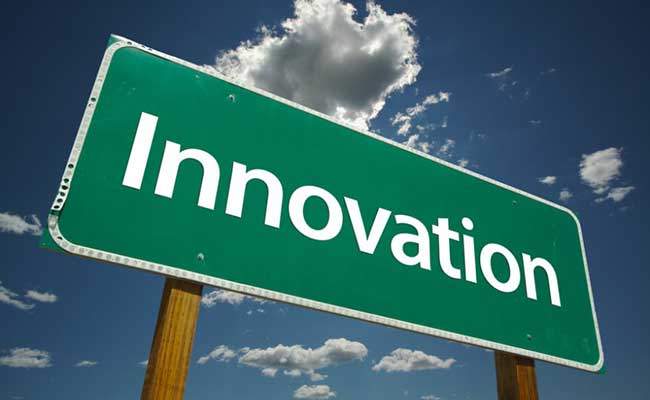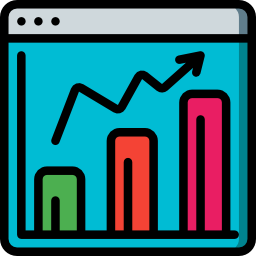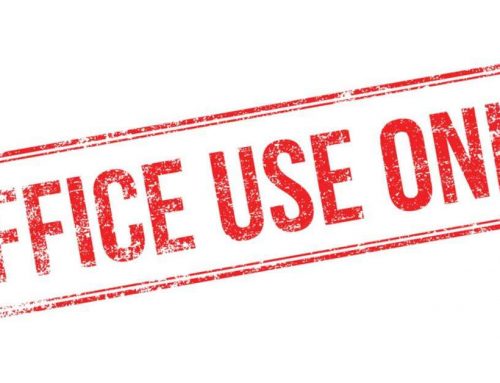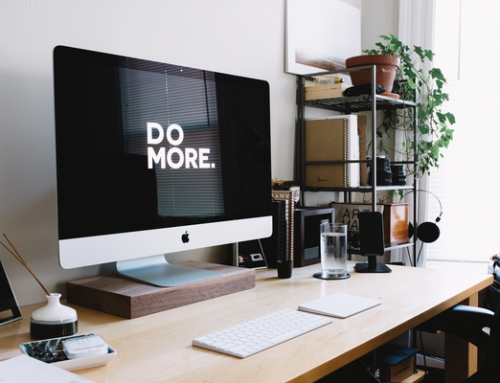Going green is a sustainable business model
Doing the ‘right thing’, through a sustainable business was the smartest business move. For decades the notion of ‘going green’ was the opposite to business success. Airy fairy, impractical and way out eccentric ideas were shunned. Alternative energies, low consumption everything was just about impossible in the march of material progress. People wanted comforts that improved their health, living standards, and lifestyle possibilities. Even those that didn’t have such access, wanted it. And for those with access, their lives improved.
 The environment paid the cost
The environment paid the cost
Running a house with power-hungry appliances was needed to keep a busy family functioning in modern suburbia. And it consumed a lot of resources. And suburbia was where most people lived. Those that didn’t have access to these modern comforts, aspired to. Not long ago, the hope to run a house on a few solar panels and batteries was not just unsustainable. It was bonkers.
The demands of modern homes were just not ecologically sustainable (or sound) at the time. Especially at scale. The same could largely be said about vehicles, business, and industrial operations.
Well, those days could and now should, be gone. We now live in an age where there is no reason except historical practice, for things not to change. And change dramatically for a sustainable future.
 The great leap forwards
The great leap forwards
In the last couple of decades, we have seen a huge leap forward in material sciences, computing ability, and human innovation.
In a few short years, these changes have led to transitions such as China, who a few short years ago was commissioning a new coal-fired power station every week to ten days. Now it is the world’s largest supplier of renewable energy infrastructure. And that infrastructure delivers renewable electricity at comparable rates to fossil fuel powered systems by 2020.
Engineering and materials science has led to vast improvements in fuel consumption and fuel types. Even QANTAS airlines new Dreamliner aircraft has just completed it’s historic first trans-Pacific commercial flight, fueled by a mustard seed bio-fuel.
Hybrid and pure electric vehicles running costs are now cheaper to own and run than to fossil fuelled vehicles in many parts of the world. New manufacturing materials mean far fewer people are killed or maimed in those vehicles. And most of those accidents occurred due to human error. Driverless vehicles will see further huge drops in road tolls.
Many places can already monitor and manage complex health issues at great distances, with better tools than most places ever had locally. And, all because of technology breakthroughs and high speed, high capacity internet.
 The future is paperless
The future is paperless
Communications on all levels have gone digital. Whilst many may argue too much is empty or fake communication, there is no denying the human love of communication, particularly personal, has been enabled. So many of those once intensively paper-based jobs are now being done digitally, and instantly. And the paper consumption for those types of jobs worldwide has dropped dramatically. Newsprint has become relatively non-existent.
And the modern family home now delivers electricity, water, and gas to much more efficient systems due to advanced materials, design and energy efficiencies. Electric motors consume a fraction of those in the past. Amazingly granular and efficient heating and cooling systems deliver much more sustainable environments to live in. Even design technologies themselves have contributed to energy efficient, sustainable and comfortable housing. And solar continues to grow in a sustainable manner.
 Sustainable futures are ours to invent
Sustainable futures are ours to invent
The future is bright, if we choose to do it right. There is no longer an excuse. What’s more, the opportunities for new business and revolutionary innovation in the sustainability space are enormous. The only limiter is the vision, and how fast we react to the vision and opportunity to escape the momentum of history.



 The environment paid the cost
The environment paid the cost The great leap forwards
The great leap forwards The future is paperless
The future is paperless Sustainable futures are ours to invent
Sustainable futures are ours to invent

